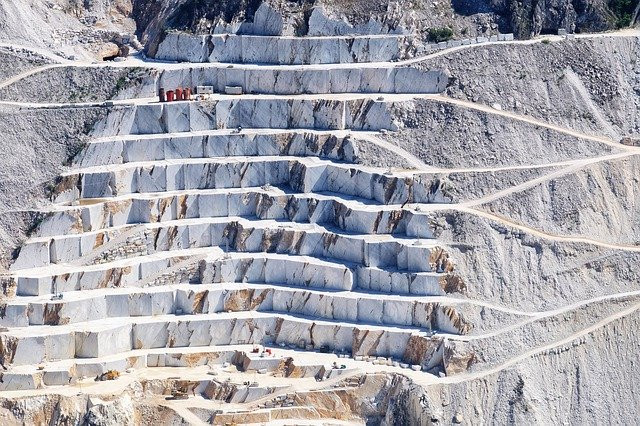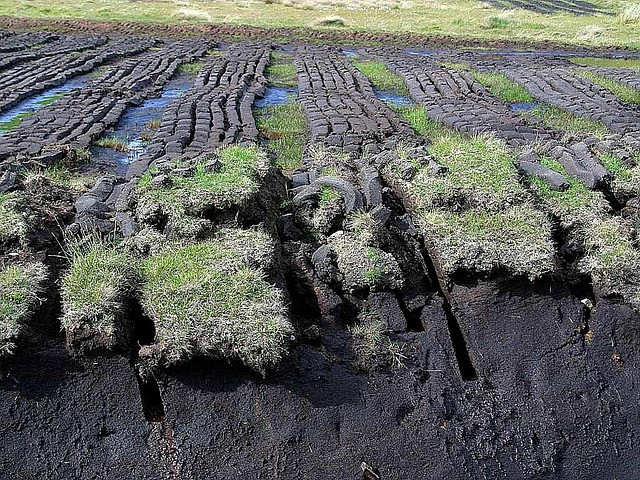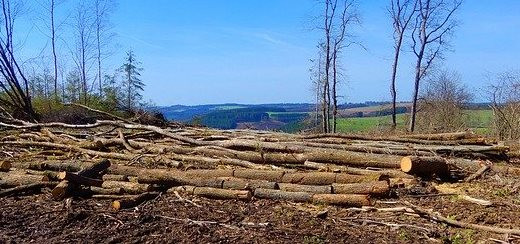Biodiversity
Biodiversity is the measure of the variety and number of species residing within an ecosystem. A healthy ecosystem has a large biodiversity, a large degree of interdependence between species and provides stability for all inhabitants.
Within an ecosystem species help maintain the external physical environment and depend on each other for shelter and food. Humans have often had a negative impact on biodiversity due to pollution which kills plants and animals, deforestation and over exploiting habitats and organisms.
Humans have only recently started to seriously focus their efforts to reduce their impact on the environment. It has now been recognised that maintaining biodiversity is important to ensure the continued survival of the human race.
Impact on land use

As the human population grows and economic activity increases, so does that land use that would otherwise be inhabited by other living organisms. Examples of habitat destruction include:
- Farming
- Quarrying
- Deforestation
- Dumping waste in landfill
Peat bogs

Peat bogs are very important habitats. They support a wide variety of organisms and act as carbon sinks.
If peat is burned it releases carbon dioxide into the atmosphere which contributes to global warming. Removing peat for use as compost in gardens takes away the habitat for specialised animals and plants that are not found in other habitats.
Deforestation

Although prevalent throughout the World, deforestation is a particular problem in tropical regions. Tropical rainforests are destroyed to release land for grazing cattle and grow rice and grow crops for biofuels.
The consequences of deforestation are:
- Reduced biodiversity as animals lose their food sources and habitats.
- Combustion and decay of the wood from deforestation releases more carbon dioxide into the atmosphere.
- Fewer plants and trees to absorb carbon dioxide, increasing carbon dioxide in the atmosphere.
Maintaining biodiversity
To improve the balance of ecosystems and prevent further losses in biodiversity, governments, scientists and environmental organisations can take action.
- The government can set targets for a reduction in greenhouse gas emissions and set limits on deforestation. They can also encourage the use of recycling and ban certain items ending up in landfill.
- Scientists can establish and grow breeding programmes for endangered species.
- Environmental organisations can protect and regenerate shrinking habitats such as coral reefs or heathlands and can help to replant hedgerows.
